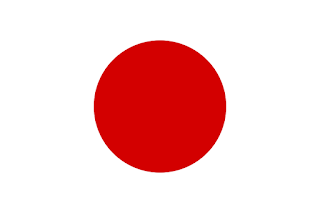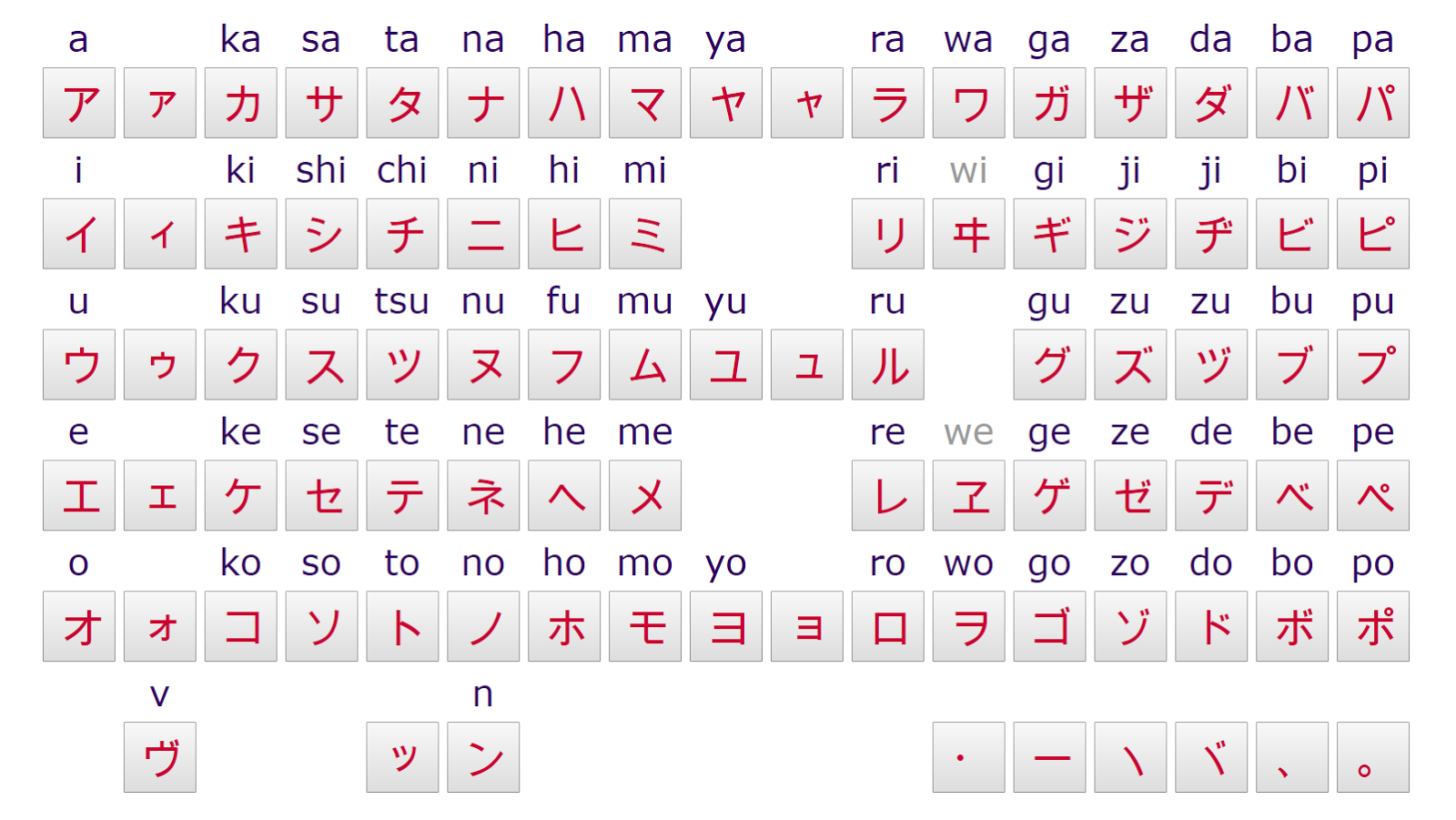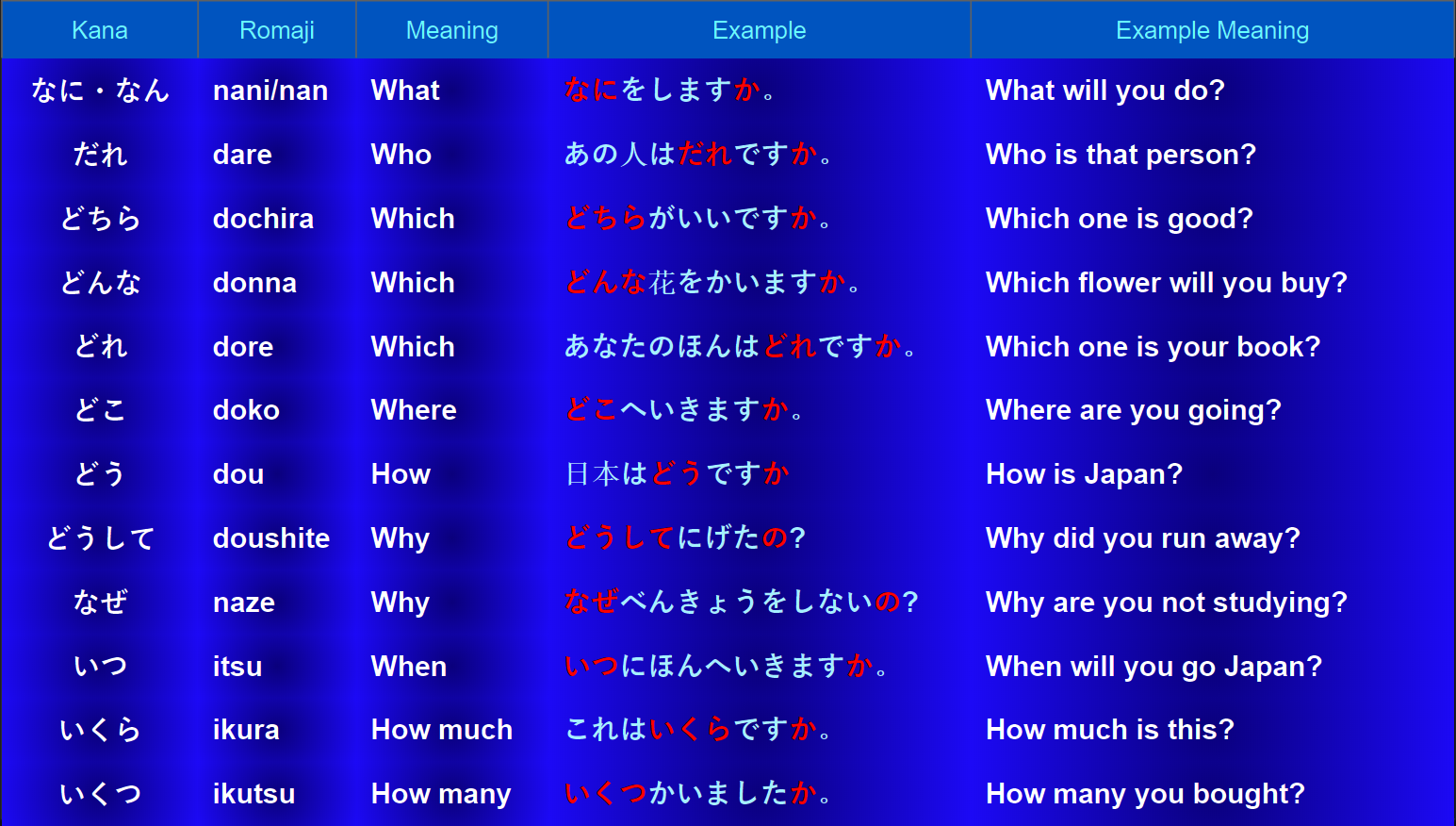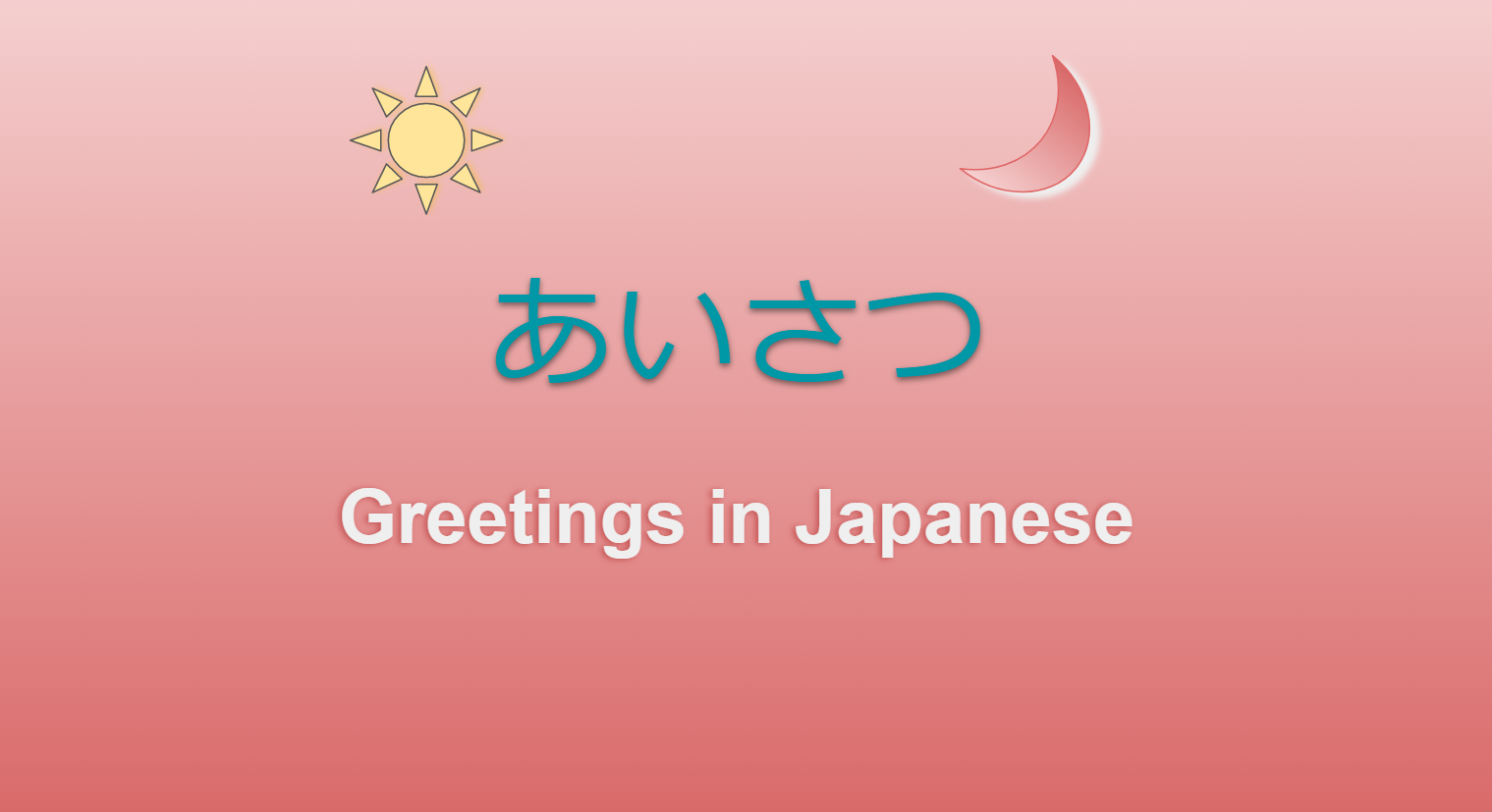Lesson 21: Verb Te Form

て-Form of Japanese Verb
たべる -> たべて, のむ -> のんで the ending of the verb is 「て」 or 「で」. So, the 「て」 form of the verb is the form where the verb ends with 「て」 or 「で」. But what exactly are the usage of this form? In this lesson, we will cover the 「て」 form of the Japanese verbs which are an extremely useful conjugation pattern.In a previous lesson on verbs we have already introduced the 「た」form of some verbs. If you know the 「た」 form of a verb, then it is very easy to make 「て」 form of that verb, just by changing the 「た」 to 「て」. Please look at the attached picture where the 「た」 form, 「て」 form and 「ないで」 form of some common verbs are given for your easy reference.
Continuous Tense = verbs with '~ing'
In English, we may say reading, eating etc. to mean an action is continuing, and in the Japanese, 「て」 form of verb is also used for similar purpose. The usages of the 「て」 form are to express the continuous action or a change of state in the future or a change of state in the past. But just by changing alone the verb form to 「て」 form is not enough, usually, another verb is used after it to give it a complete meaning.- たべる = to eat
- たべています = (~) eating; かれはたべています。= He is eating.
- のむ = to drink
- のんでいます = (~)drinking; かのじょはコーヒーをのんでいます。= She is drinking coffee.
- かがやく = to sparkle
- かがやいて あります = It's sparkling;
Verb 「いる」 and 「ある」
Primarily, 「いる」 and 「ある」 both verbs have the same meaning - 'to have' or 'to exists', but when these verbs used after a verb with 「て」 form, instead of the original meaning, these are only used as helping verbs. 「いる」 used for denoting the action of living things and 「ある」is for the state of non-living things.~ている
When the subject or the 'doer' of the action is living things (animate form), the main verb takes 「て」 form and after that 「いる」 (います) verb takes place to give it a complete meaning. For example, walking is an action that a living thing can do. So,'I am walking' is in Japanese, わたしはあるいています。
Walking = Aruite imasuNote: The verb 「あるく」 transformed to 「て」 form => 「あるいて」and used together with「います」the masu form of 「いる」 verb. 「いる」 verb is used here to denote the continuous state of the verb 「あるく」.
More Example:
読んでいる = reading
かれは何をしているの? = What is he doing?
昼ご飯を食べている。= Eating (having) lunch.
何を読んでいますか。 = What are you reading?
教科書を読んでいます。= I am reading text book.
話を聞いていますか。= Did you listen to me?
Note: 「い」from the word います is often omitted in conversational Japanese.
Example: かれは何をしてるの? = What is he doing?
Example: 昼ご飯を食べてる。= Eating (having) lunch.
Example: 何を読んでる? = What is he reading.
* As you are preparing for an exam, you should always use the full form of the verb and do not omit the「い」.
~てある
As it is referring to the state of non-living things, usually, this expression is used to explain that something is in a state of completion or it becomes a resultant state after an action has already been taken place.Example: ほんがつくえのうえにおいてあります。= The book is kept on the table.
Example: へやが きれいに そうじしてあります。= The room is beautifully kept clean.
Example: かべに 地図がはってある。 = The map is hanged on the wall.
Note 1: These all are the resultant state, after an action has already taken place.
Note 2:てある form is used when the other verb is transitive verb, means some one did the work and something is done intentionally - someone kept the book on the table, someone cleaned the room, someone hanged the picture on the wall, by itself the book cannot be kept on the table, by itself the room cannot be cleaned, by itself the picture cannot be hanged. But when something 'is get it done' by itself ている form sould be used.
Example: まどが あいています。= The window is opened. (We don't know who opened it, may be by wind it opened up itself).
Example: 電気がついている。= The light is on.
(You may wonder the light cannot be on by itself, but imagine, you comeback home and you did not on the lights. The lights are already switched on, so in this case we need to use intransitive verb + ている form.
Other usage of 「て」 form
continuing multiple tasks 「~て...て」
Example: ごはんをたべてテレビをみてそとへでます。= After eating rice, watching TV I will go out.After doing something 「~てから」
After doing something (verb - eating, drinking etc.)「てから」form is used to express another task.Example: ごはんをたべてからテレビをみます。= After eating rice I will watch television.
Example: しゅくだいをおわってからテレビをみます。= After completing my homework I will watch television.
Example: うちにかえってからテレビをみましょう。= After getting back home let's watch television.
Requesting something (please) 「~てください」
This is used to link verb copulas, ending in "て" or "で", to "ください", making it into a request.Example:日本語ではなしてください。 Please speak in Japanese.
Example:彼にいってください。 Please tell it to him.
Asking permission (may) 「~てもいいです」
「もいいです」 meaning 'it's enough' or 'it's good'. It can be used as to ask for a permission and also give the permission.Example: 食べてもいいですか。 May I eat?
Example: 食べてもいいです。 you may eat.
Prohibition (not permitted) 「~てはいけません」
「てはいけません」meaning 'not permitted' or 'must not'. It is used to prohibit something or disapprove something.Example: ここに 車を停め(とめ)てはいけません。You must not park the car here.
Requesting something not to do 「ないでください」
Example:いまたべないでください。= Please do not eat now.Example:店内 (てんない) で飲まないで下さい。= Please no drinking in the store.
Example:ここには何も書かないで下さい。= Please do not write anything here.
Example:しんぱいしないでください。= Please do not worry for.
Example:ほんをみないでください。= Please do not look at your book.
As a simple command 「~て」
Example:食べて = "Eat."Example:読んで = "Read."
Some more usage:
Note: These may not be tested in JLPT N5 level.「~ておく」 To indicate a preparatory action in advance.
Example:お弁当を作っておいた。= I have made a boxed lunch.
「~てしまう」= This implies something is completed or done, usually unintentionally or accidentally or unexpectedly.
Example: たべてしまった!= I have eaten it all!
「~てもかまわない」= "You may do/I don't mind if you do"
Example:
「~てすみません」= '~Sorry for making you go through the trouble of'
「~てくれてありがとう」= 'Thank you for~'. For example: 見てくれてありがとう = Thank you for watching.
「~てくれる」= Used when somebody does you a favour.
「~て下さる」= Used when a superior does you a favour.
「~てあげる」= Used when you do someone a favour.
「~てよかった」= "Thank goodness that~"
「~てみます」= to try out something; たべてみます。(I will) taste it;
「~てみます」= to do something later; よんでみます。= (I will) read it (later);
JLPT N5 Resources: Vocabulary Lists:
- JLPT N5 Resources - Vocabulary List - 01
- JLPT N5 Resources - Vocabulary List - 02
- JLPT N5 Resources - Vocabulary List - 03
- JLPT N5 Resources - Vocabulary List - 04
- JLPT N5 Resources - Vocabulary List - 05
- JLPT N5 Resources - Vocabulary List - 06
- JLPT N5 Resources - Vocabulary List - 07
- JLPT N5 Resources - Vocabulary List - 08
- JLPT N5 Resources - Vocabulary List - 09
- JLPT N5 Resources - Vocabulary List - 10
- Lesson 1: Why Japanese Language
- Lesson 2: JLPT N5 Introduction
- Lesson 3: Hiragana Part 1
- Lesson 4: Hiragana Part 2
- Lesson 5: Katakana Part 1
- Lesson 6: Katakana Part 2
- Lesson 7: Kanji Part 1
- Lesson 8: Japanese Everyday Greetings
- Lesson 9: Japanese Particles Introduction
- Lesson 10: Grammar Time
- Lesson 11: Verb Basic
- Lesson 12 - Vocabulary
- Lesson 13 - Grammar - Verb: Part 2
- Lesson 14 - Kanji - Part 2
- Lesson 15 - Grammar - Verb: Part 03
- Lesson 16 - Grammar: Verb Part 04
- Lesson 17: Telling Time
- Lesson 18: Telling Date
- Lesson 19: Counting and Counter Words
- Lesson 20: Asking Questions










Comments
Post a Comment